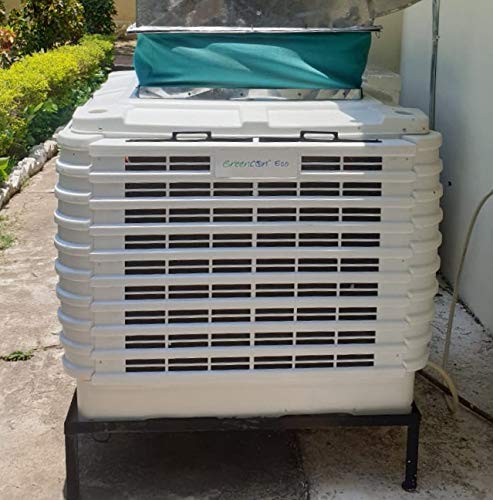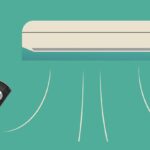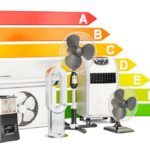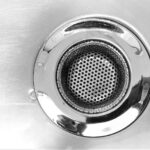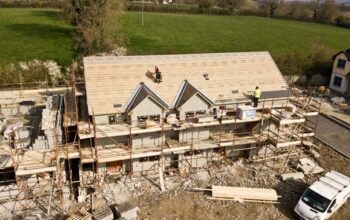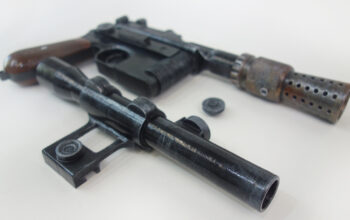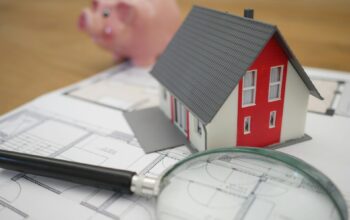Evaporative air coolers can be a great investment. They don’t require as much energy as traditional HVAC systems. They’re also capable of being installed without the added cost of ductwork. However, it’s important to know – do air coolers work in humid conditions?
The Most Desired Condition for Air Coolers
Evaporative air coolers have earned the nickname “swamp coolers” because of their ability to add moisture into the air.
Air coolers are not as complex as HVAC systems. Rather than using refrigerant, air coolers require a source of water. This can be in the form of an active water line or a water reservoir that gets filled on an as-needed basis. A pad gets saturated with water. The air from the outside moves over the pad, collecting moisture, it then moves through the blower to disperse throughout the room.
The moisture cools the air down while also adding moisture to the environment.
Evaporative air coolers work best in hot, dry conditions. When it is more arid, the air is dry – it can lead to dry skin, cracking wood inside of the home or business, and other issues. Adding a bit of moisture to the air can alleviate those problems.
If the air is too humid, the air cooler won’t work as effectively. Ideally, the humidity level won’t be more than 60%.
Now, although the most desired condition is hot and dry, higher humidity areas can still benefit from air coolers.
The Benefits of Air Coolers Year-Round
Most people assume that air coolers can only be used during the hottest, driest days of the year. This isn’t true. The reality is that air coolers can be a great investment because of their ability to have a positive impact on your environment year-round.
Many evaporative air coolers are 3-in-1. They offer three important roles:
- Fan
- Humidifier
- Air cooler
The fan is something that can be used even without the moisture component. This means on days where you have a higher humidity level, you can use the cooler solely as a fan – and some models have strong fans that are capable of helping to move the air around tremendously.
During the dry winter months, it can be brutal on your sinuses, your skin, and even on various elements in your home. Using the cooler as a humidifier will help to add more moisture into the air.
Even if you have central heating, the humidifier can be an added bonus in the winter. Simply turn your central heater off for an hour or two so that the humidifier can counteract the dehumidifying process of the heater for a while.
Air coolers are capable of a significant amount of cooling capacity. All units are measured by the CFM. The larger the CFM, the larger the space it is capable of cooling. To give you an idea of what to look for, a CFM of 2000 can easily cool a space of around 500 square feet.
It’s always a good idea to get a unit capable of cooling more than what you actually need. This ensures that you can maximize its effectiveness year-round, especially when the humidity is a bit higher than what is ideal for the cooler.
Features to Look for in Humid Conditions
If you are going to use an air cooler in humid conditions, it’s important to choose one that offers a few special features. This way, you can make sure to maximize the benefits that are offered to you.
Portability: One thing you may want is a portable evaporative cooler. This allows you to move it around based on where you want the cooler, moister air. You may want to move it into a room where you are at the moment so that it can help to improve your sinuses and your skin. When the air is particularly humid, you can move the cooler into storage and utilize your HVAC instead.
Fans: The fan is an important component of a cooler in humid conditions. Particularly if you buy a 3-in-1, you need the fan to be strong enough to blow around the air. Choose an oscillating fan if the area is large or if you only have one unit. By not having to use the water component of the cooler, this appliance basically turns into a giant, high-powered fan that uses air from the outside to cool down your area.
Remote: Many units come with remotes so that you can control the output of the cooler. Additionally, you can turn them on/off as needed. In high humidity areas, you may want to utilize the cooler during the afternoon when the humidity level is the lowest. This will allow you to cool down the temperatures and get the much-needed moisture into the air.
You can pick and choose when to use your air cooler versus using central AC/heating. One thing to be aware of is that you don’t want to use them simultaneously since one is a humidifier and one is a dehumidifier. Further, air coolers work on an open system while central AC/heating works on a closed system.
Alternate the systems based on what the outside conditions are like so that you can enjoy the environment inside.
Explore the Different Models
Evaporative air coolers come in all sorts of different shapes and sizes. There are portable models that use water reservoirs all the way to industrial models that can be installed on the roof of a building.
It’s important to choose an evaporative cooler that is capable of meeting your needs. This includes understanding the overall environment that you need to cool. Knowing the average temperatures and humidity levels will help you determine if an evaporative cooler will be successful.
Work with a professional so that you can learn more about what an air cooler can offer you. By choosing a cooler that is sized for your property with all of the features that you need, you can enjoy an eco-friendly way to add moisture into your space and cool it down by 20 to 30 degrees on the hottest days of the year.
Related Posts

